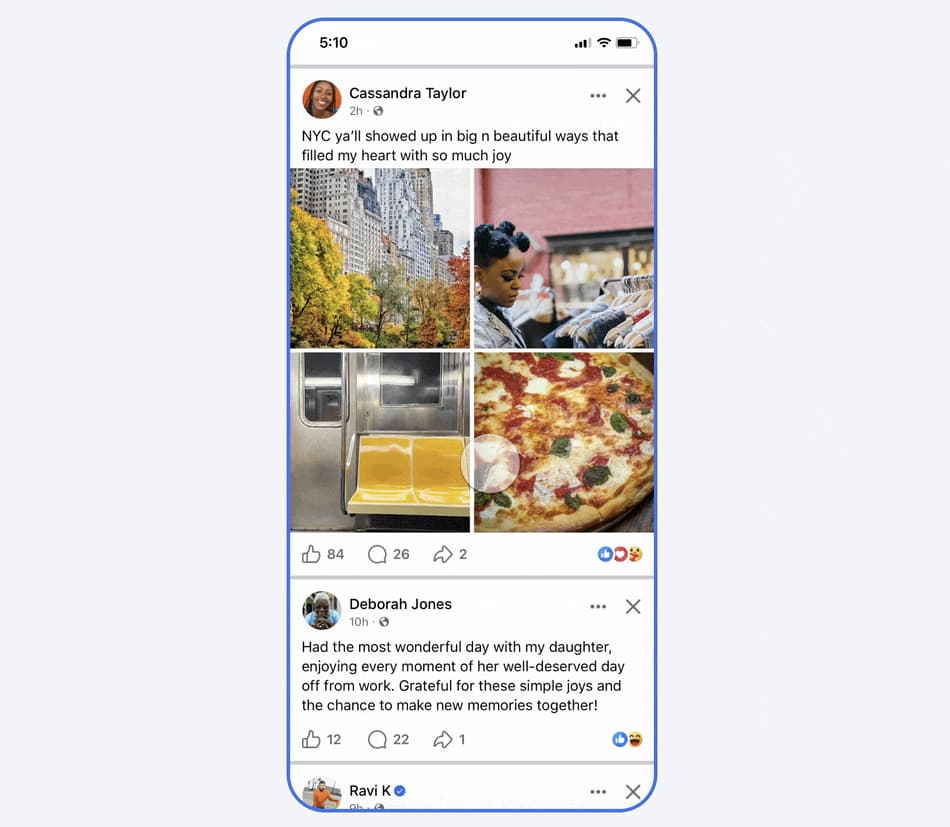Like it or not, the checkmark has become an almost universal symbol on most social platforms, even though its exact meaning can vary significantly between services. Now, Reddit, which historically hasn't cared that much about its users' identity, is joining the club and starting to test verification for public figures on its platform.
The company is beginning "a limited alpha test" of the feature with a small "curated" group of accounts that includes journalists from major media outlets like NBC News and the Boston Globe. Businesses that are already using an "official" badge, which Reddit started testing in 2023, will also now have a grey "verified" checkmark instead of the "official" label.
Verification has long been a thorny issue for many platforms. For users, it's at times been a source of confusion, especially on sites where verified badges only require a paid subscription. Reddit's approach, at least for now, is closer to how Twitter handled verification prior to Elon Musk's takeover of the company.
The company has handpicked the initial group who will get checkmarks indicating they have verified their identity and seems to be geared around high-visibility accounts. "This feature is designed to help redditors understand who they're engaging with in moments when verification matters, whether it’s an expert or celebrity hosting an AMA, a journalist reporting news, or a brand sharing information," Reddit explains in a blog post. "Our approach to verification is voluntary, opt-in, and explicitly not about status. It’s designed to add clarity for redditors and ease the burden on moderators who often verify users manually."
For now, Reddit users — even notable ones — won't be able to apply for verification. But the company notes that its intention isn't to limit checkmarks to famous people only. A Reddit spokesperson tells Engadget that "our goal is that anyone who wishes to self-identify will be able to do so in the future."
The company also notes that verification doesn't come with any exclusive perks, like increased visibility or immunity from the rules of individual subreddits. Reddit requires accounts to be in good standing and already active on the platform in order to be eligible for verification. Accounts that are marked NSFW or that "primarily engage in NSFW-tagged communities" won't be eligible.

